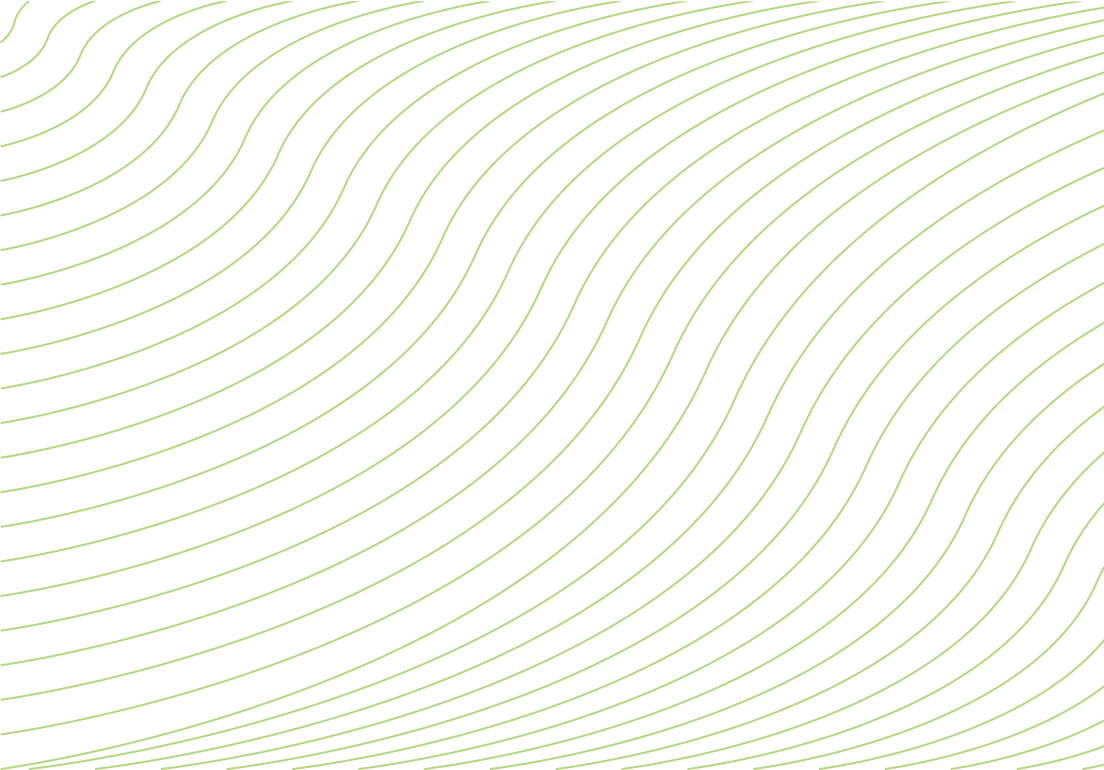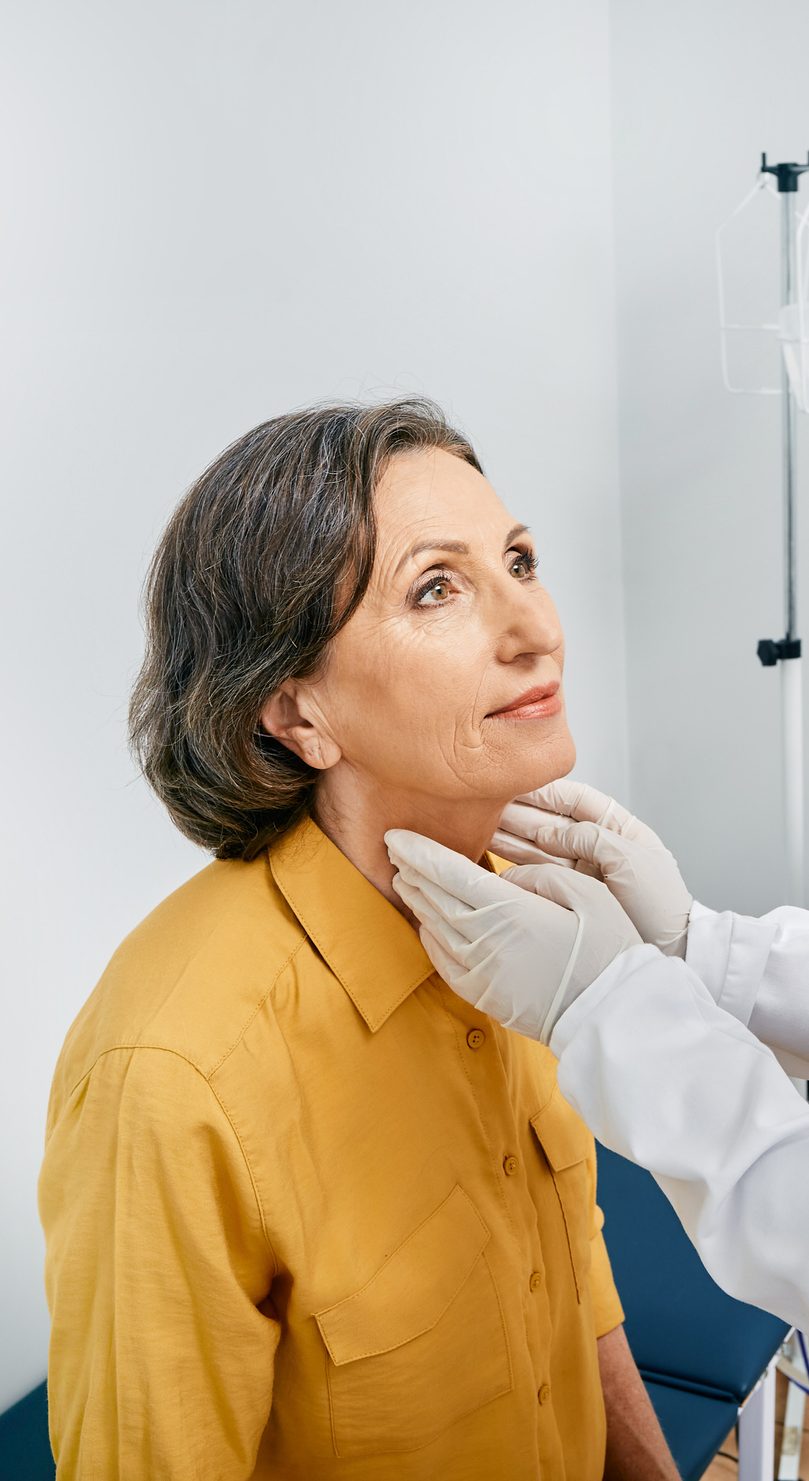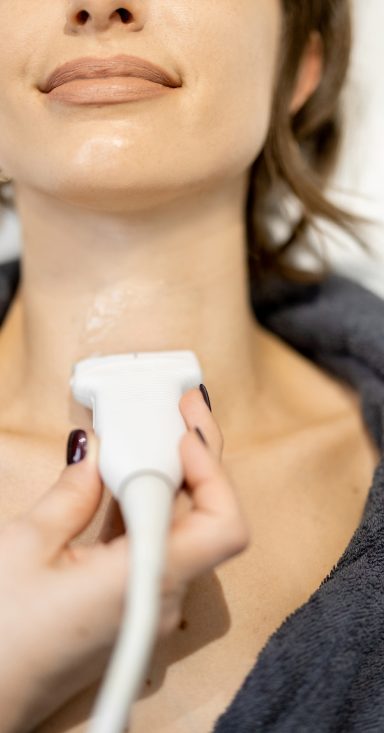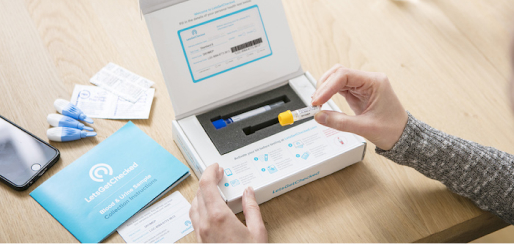Schedule A Doctor Consult
Appointments with patient-recommended practitioners can help create a personalized care plan and get your health on track!
Find a Doctor!Thyroid treatment options and dosing are as varied as the individual patient and are dependent on the severity of the imbalance. Please see the conditions below for medication and procedure options as well as our Foundational Treatment page for optimal thyroid balance.



If a patient has low levels of thyroid hormone, then he/she is suffering from hypothyroidism. It is common for patients diagnosed with hypothyroidism, whether caused by Hashimoto’s or not, to be prescribed levothyroxine (T4) sold under various brand names.
However, many patients continue to be symptomatic on levothyroxine-only [1-6]. Therefore, treatments such as combination methods of liothyronine/levothyroxine (T3/T4), liothyronine-only (T3-only), or natural thyroid extract medication (e.g. Armour, Nature-Throid) should be considered.
Each patient must develop an individualized treatment plan with their doctor for optimal hormone replacement [1-11].
Interactions: Certain foods, drugs, and supplements can affect thyroid hormone absorption. Therefore, it is important to take thyroid medication one hour before meals, other medications, and four hours before any supplement containing iron, calcium, or zinc.
Switching Thyroid Medications: Use this conversion chart to help you find the available medication strengths, or to help you find an equivalent dose as you are switching from one medication to another.
The following treatments can be used to address hypothyroidism:
Description
T3 is readily available to every cell in the body and does not have to go through any conversion processes within the body.
Since many factors can affect the T4:T3 conversion or create thyroid resistance, lingering symptoms can often be
Most physicians will prescribe levothyroxine (T4) when a patient is diagnosed as hypothyroid.
T4 must convert to triiodothyronine (T3), the active thyroid hormone, for cellular use.
Some patients will remain symptomatic due to a conversion issue (T4 to T3), or if there is cellular thyroid resistance [2, 6, 21-22].
Most thyroid patients have one or more of the following conditions present: adrenal dysfunction, sex hormone imbalances, intestinal permeability, vitamin/nutrient deficiencies, and autoimmune responses.
Many practitioners have found that by addressing these issues, autoimmune antibodies can be greatly reduced, and/or thyroid conversion issues can be significantly improved or resolved [25-27].
For our guide on foundational treatments and addressing root causes, click here.

Hyperthyroidism occurs when too much thyroid hormone is produced for proper functioning. The treatment of hyperthyroidism depends on the cause and severity of the disease, as well as on the patient’s age, possible goiter size, other conditions, and patient preference. The main treatment goals for hyperthyroidism, whether caused by Graves’ disease or not, are:
The following treatments options are currently available: radioactive iodine (RAI), antithyroid drugs (ATD), or thyroidectomy [12-14]. In the U.S., radioactive iodine ablation (RAI) is often recommended as a first-line treatment. In Japan and Europe, physicians generally prefer to start with antithyroid drugs (ATDs) in the hope that the disease will remit [15-16]. Surgery, rather than RAI, is most often chosen when a patient continues to fight hyperthyroidism after being on ATDs for at least two years [18]. The long-term quality of life following treatment was found to be the same in patients randomly allocated to one of the three treatment options listed below [17].
The following treatments can be used to address hyperthyroidism:
Beta blockers can help with arrhythmia or tachycardia (fast heart rate) and can provide short-term relief [14].
Propanolol, with its potential to block T4 to T3 conversion, is often the first-choice option, however, others can be used [13].
Administered orally via capsule or liquid form.
NOTE: Patients need to be in isolation for at least 72 hours after treatment is administered since they are emitting radiation. Individuals and/or animals exposed to this ambient radiation are susceptible to thyroid destruction [28].
NOTE: It is highly recommended to investigate multiple surgeons skilled in thyroid gland removal to minimize possible complications such as collateral damage to parathyroid glands.
For our guide on foundational treatments and addressing root causes, click here.

Thyroid cancer has various forms and treatment is dependent on the individual case. The most common form of thyroid cancer in the United States is papillary thyroid cancer, followed by follicular thyroid cancer. The least common are medullary and anaplastic thyroid cancer. Each name indicates where the cancer is located within the thyroid gland [19]. If diagnosed and treated early, thyroid cancer treatment can be effective and usually includes the options listed below.
Due to the individual nature of cancer staging and treatment, patients must work closely with their doctors to create a personalized treatment plan.
The effectiveness of thyroid cancer treatment lends itself to the reputation of being a “good cancer” to have, however, any cancer should not be minimized. Thyroid cancer needs effective treatment and on-going monitoring. For more information about the how the thyroid works and the specifics of thyroid disorders, including thyroid cancer, please see our About Thyroid Disease page.
The following options can be used to address thyroid cancer:Administered orally via capsule or liquid form.
NOTE: Patients need to be in isolation for at least 72 hours after treatment is administered since they are emitting radiation. Individuals and/or animals exposed to this ambient radiation are susceptible to thyroid destruction.
NOTE: It is highly recommended that the patient find a surgeon skilled in thyroid gland removal to minimize complications such as collateral damage to your parathyroid glands.
NOTE: To reduce the risk of side effects, doctors carefully calculate the placement of the beam on the target area and the least amount of radiation needed to be effective.

Appointments with patient-recommended practitioners can help create a personalized care plan and get your health on track!
Find a Doctor!
Through various labs, you can order your own thyroid panel beyond TSH for as low as $69 with the code "ThyroidChange".
